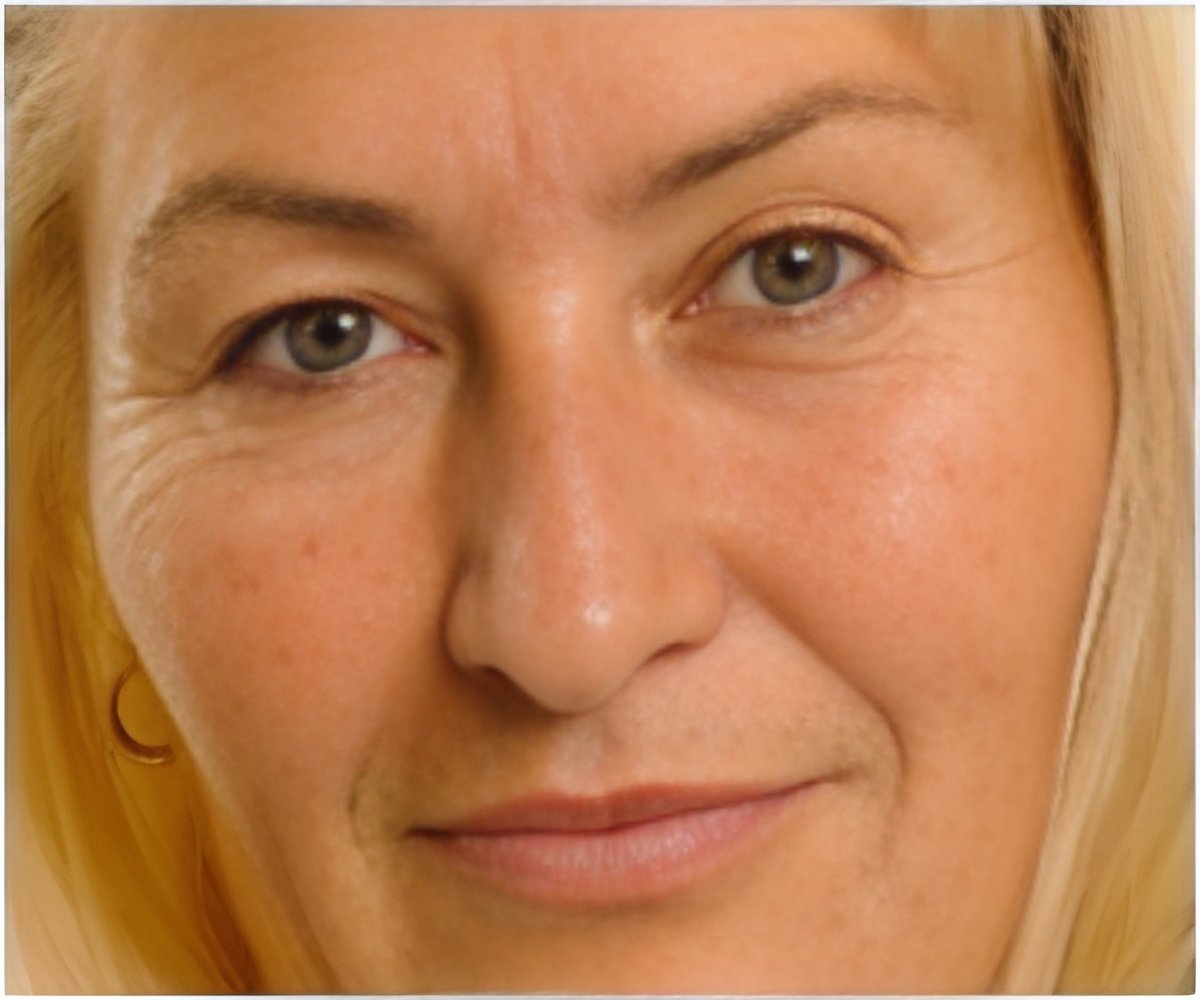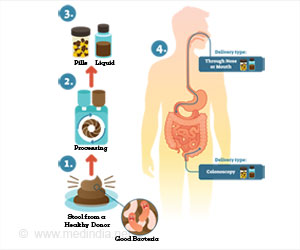Finding out how folds and creases disappear could help in understanding how human tissue folds and grows, researchers say.

On a fundamental level, the research describes the mathematics behind everyday experiences of wrinkles, everywhere from the surface of pudding to a poorly made bed.
"These are things you see everywhere, in beautiful and amazing deformation. It's nice to be able to probe them," Discovery News quoted materials scientist Douglas Holmes of Princeton University, co-author of one of the studies, as saying.
More practically, such insights could one day improve technologies that incorporate thin films, like flexible solar panels or tissues grown for biological applications.
In the first study, a team led by Jiangshui Huang of the University of Massachusetts Amherst tackled how wrinkles smooth themselves out toward the edge of an elastic sheet.
Huang saw something different when he floated a thin, wrinkly sheet of polystyrene on water and butted it up against a smooth one.
Advertisement
Similar elastic films, from shrink-wrap to skin to biomembranes, should exhibit the same sort of smooth cascade, said Narayanan Menon, a physicist at the University of Massachusetts Amherst.
Advertisement
To most people, wrinkles and folds look similar, but to physicists they are very different beasts.
Folds concentrate strain along their length, while wrinkles distribute strain evenly.
Holmes mapped out how one flowed into the other in his pinched sheet.
Very few researchers have looked before at how common this phenomenon might be.
The new study "shows that the transition between wrinkles and folds is more universal than we expected," said Enrique Cerda, a physicist at the University of Santiago in Chile who has studied similar features in other thin films.
Surprisingly, the folds also increased the stress in the rest of the sheet, instead of concentrating it along the folds, as usually happens. That may be because of the way the sheet was pinched, in its center.
"The geometry can really alter how the rest of the material responds," said Holmes.
Such studies could be important for understanding how organs grow in embryos, Holmes says, where wrinkling tissues dictate the start of, for instance, an eye.he study is published online in Physical Review Letters.
Source-ANI









